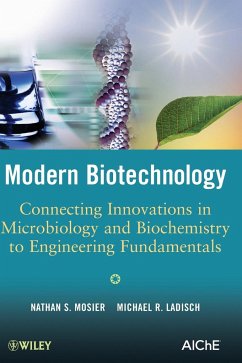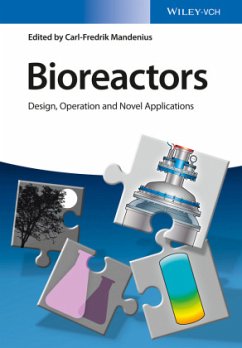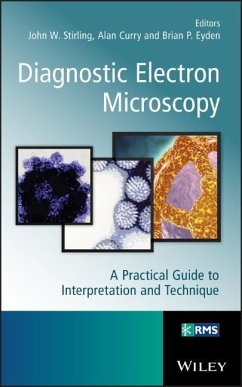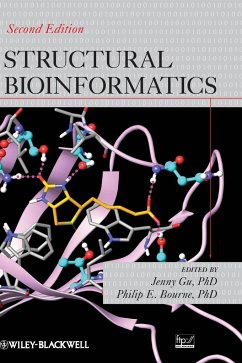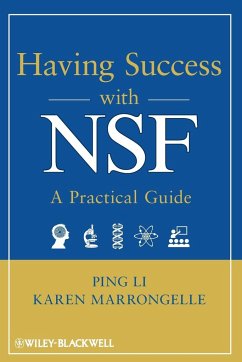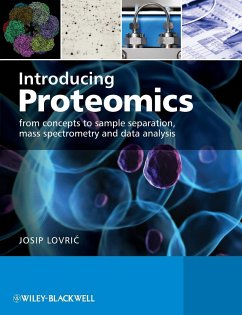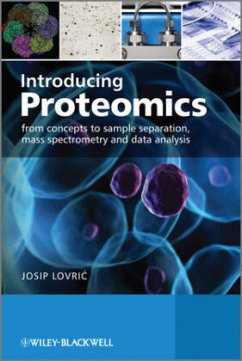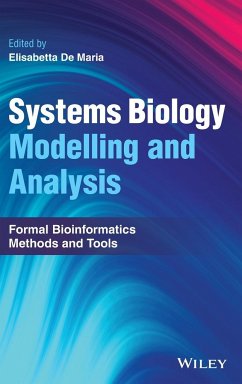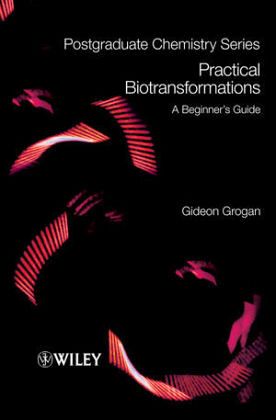
Practical Biotransformations
A Beginner's Guide
Versandkostenfrei!
Versandfertig in über 4 Wochen
69,99 €
inkl. MwSt.
Weitere Ausgaben:

PAYBACK Punkte
35 °P sammeln!
The development of new asymmetric catalytic methods is of fundamental importance to industrial synthetic chemistry. The demand for optically pure synthetic intermediates and the drive to adopt greener methods of synthesis have stimulated a growing interest in biocatalysis as a selective and environmentally benign synthetic technique.Practical Biotransformations: A Beginner s Guide provides an introduction to microbes and enzymes and demonstrates their practical applications in synthetic organic chemistry. Designed as a laboratory manual, this user-friendly guide discusses standard laboratory t...
The development of new asymmetric catalytic methods is of fundamental importance to industrial synthetic chemistry. The demand for optically pure synthetic intermediates and the drive to adopt greener methods of synthesis have stimulated a growing interest in biocatalysis as a selective and environmentally benign synthetic technique.
Practical Biotransformations: A Beginner s Guide provides an introduction to microbes and enzymes and demonstrates their practical applications in synthetic organic chemistry. Designed as a laboratory manual, this user-friendly guide discusses standard laboratory techniques, with appropriate advice on aspects of microbial practice and associated safety.
Topics covered include:
An introduction to equipment in a biotransformations laboratory
An overview of biocatalyst sources
Maintenance and growth of biocatalysts
Example biotransformations using commercially available microbes and enzymes
Basic gene cloning and the use of 'designer' biocatalysts
This book will be a valuable resource for synthetic organic chemists with little or no experience of biochemistry or microbiology. It is the author's hope that this text will inspire readers to consider biocatalytic methods as real alternatives to traditional synthetic solutions.
Practical Biotransformations: A Beginner s Guide provides an introduction to microbes and enzymes and demonstrates their practical applications in synthetic organic chemistry. Designed as a laboratory manual, this user-friendly guide discusses standard laboratory techniques, with appropriate advice on aspects of microbial practice and associated safety.
Topics covered include:
An introduction to equipment in a biotransformations laboratory
An overview of biocatalyst sources
Maintenance and growth of biocatalysts
Example biotransformations using commercially available microbes and enzymes
Basic gene cloning and the use of 'designer' biocatalysts
This book will be a valuable resource for synthetic organic chemists with little or no experience of biochemistry or microbiology. It is the author's hope that this text will inspire readers to consider biocatalytic methods as real alternatives to traditional synthetic solutions.



